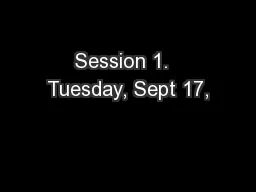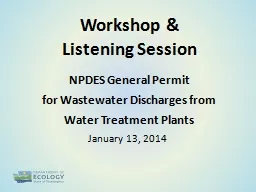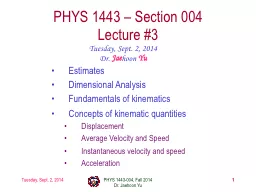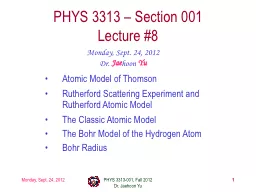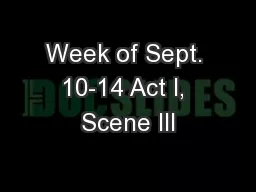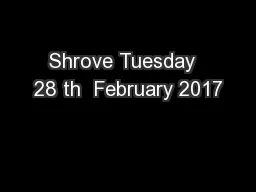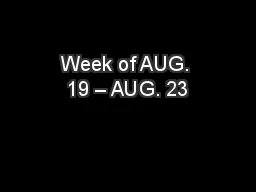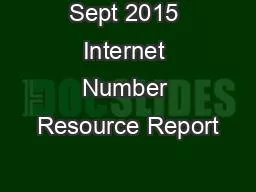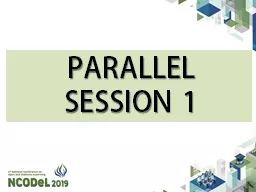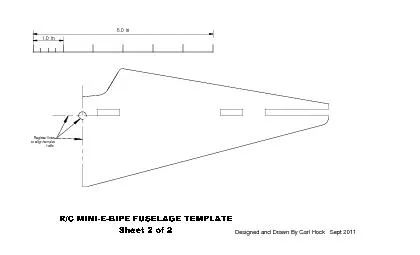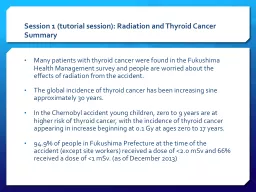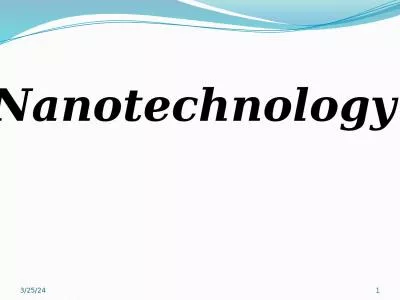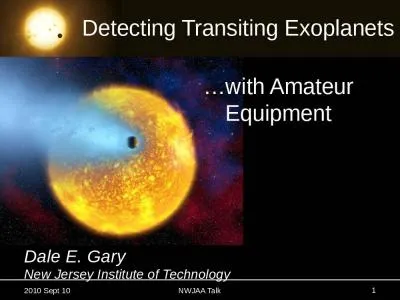PPT-Session 1. Tuesday, Sept 17,
Author : luanne-stotts | Published Date : 2018-10-27
2013 800 4 00 1 Introductions and paperwork 2 ELL Language Production Linguistic Categories 3 Language Functions and Forms 4 Discussion of LarsonFreeman
Presentation Embed Code
Download Presentation
Download Presentation The PPT/PDF document "Session 1. Tuesday, Sept 17," is the property of its rightful owner. Permission is granted to download and print the materials on this website for personal, non-commercial use only, and to display it on your personal computer provided you do not modify the materials and that you retain all copyright notices contained in the materials. By downloading content from our website, you accept the terms of this agreement.
Session 1. Tuesday, Sept 17,: Transcript
Download Rules Of Document
"Session 1. Tuesday, Sept 17,"The content belongs to its owner. You may download and print it for personal use, without modification, and keep all copyright notices. By downloading, you agree to these terms.
Related Documents

